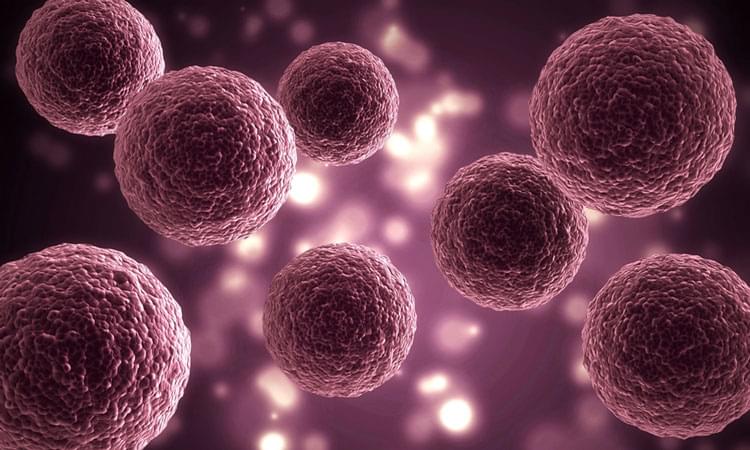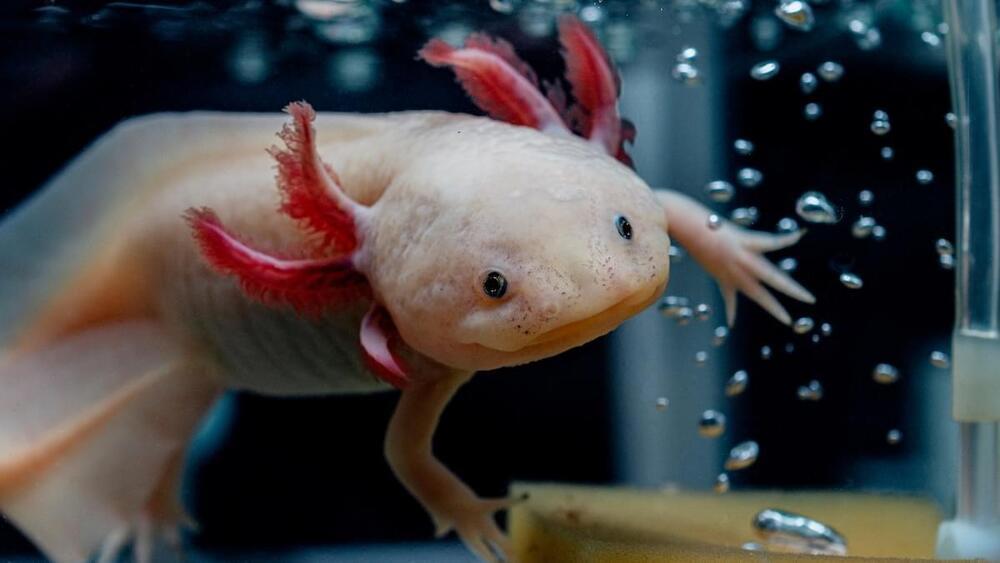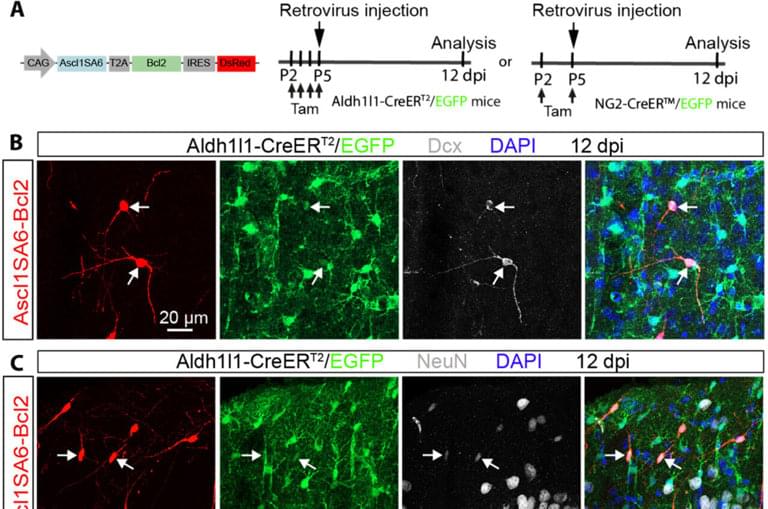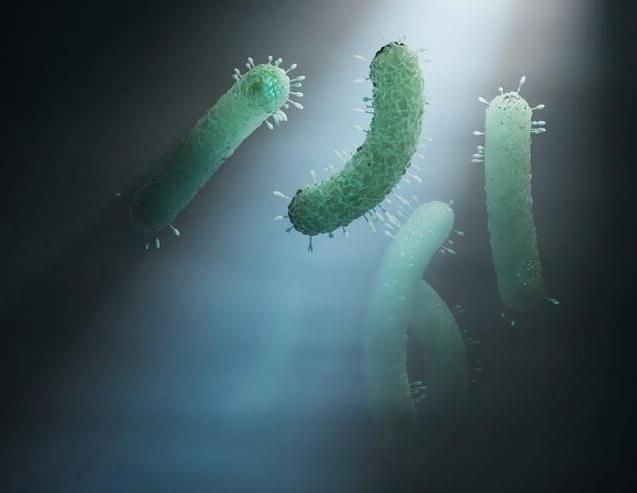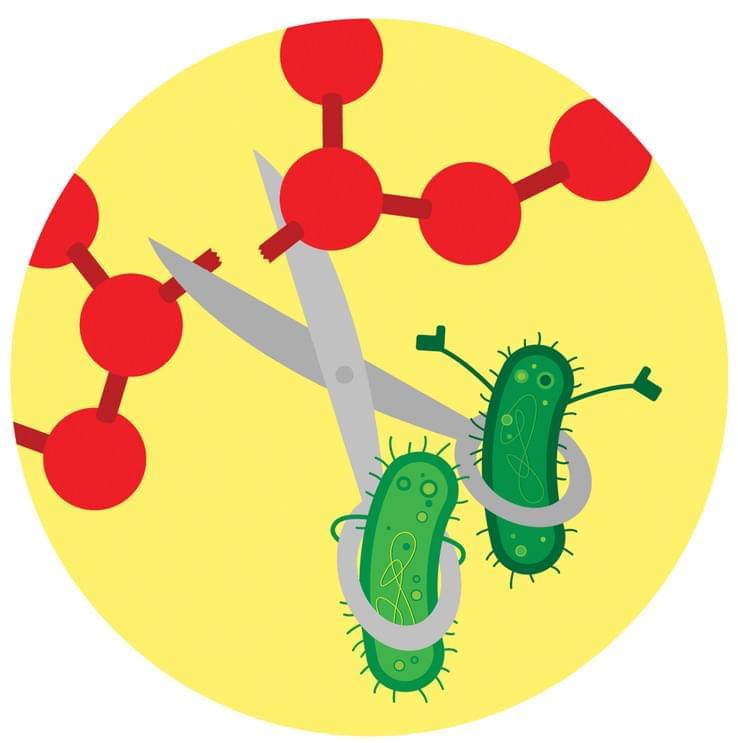Oct 31, 2024
Drones could use ‘robotic cat’s eyes’ to track targets more precisely than ever before
Posted by Genevieve Klien in categories: drones, robotics/AI
A new computer vision system inspired by cats’ eyes could enable robots to see the world around them more accurately than ever before.
Robots, drones, self-driving cars and other autonomous systems are becoming more common, but they still struggle to see well in all environments and conditions. For example, self-driving cars perform poorly in rain or fog because these conditions affect the car’s sensors and cameras.




